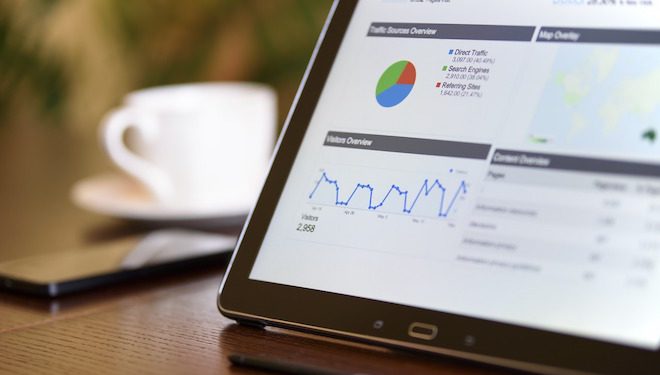How to generate an e-invoice is a popular question that various taxpayers ask. It is a B2B invoice reported by certain businesses that are GST registered. These businesses must necessarily adhere to the guidelines notified by the CBIC, Central Board of Indirect Taxes and Customs. These invoices are generated using e-invoice software.
The Goods and Services Tax provides businesses with a system that makes it mandatory to generate an e-invoice for every sales transaction on the GST portal.
This article will guide you and take you through the process of generating an IRN, Invoice Reference Number for an e-invoice, and its workflow.
When to Generate e-invoices for a Business?
An e-invoice is required for businesses with an annual turnover of over Rs. 10 crores. Such businesses must move invoicing under GST.
Also, there are a few tips for businesses to keep in mind when generating e-invoices using e-invoice software:
- The taxpayers must work in compliance with the GST e-invoicing system when the turnover exceeds a given limit in the given financial year. Besides this, the turnover of all GSTINs falls under one PAN across India.
- Suppose the business has a turnover above Rs. 10 crores in the preceding financial year. However, it has successfully increased this beyond the limit in that current financial year. E-invoicing is to be applicable from the following year.
- Regardless of the turnover, there are a few exemptions to e-invoicing where it does not apply to different categories, including
- Banking companies, NBFC, and Insurer
- Transport agencies transporting goods
- A special economic zone unit
- Individuals registered to supply passenger transportation
- Local authority or government department
- Individuals who are registered to supply services
How to Generate e-invoices for a Business?
You can follow the below-mentioned steps to generate e-invoices for a business: –
-
Creating e-invoice JSON
The first and foremost step is creating the invoice JSON using business management software in the prescribed format. You can generate it using ERP software or an offline utility supported by the government
-
Uploading JSON
Under this step, the supplier uploads the e-invoice JSON to IRP Portal. Using business management software with a connected e-invoicing solution will eliminate this step. Software like TallyPrime can upload the e-invoice JSON automatically to the IRP portal and generate e-invoices instantly.
-
Verification
The next step includes verification of the e-invoice JSON wherein the IRP system verifies the JSON e-invoice and checks GST for duplications
-
Invoice Reference Number Generation
IRN is generated in this step for the entire financial year and will be uploaded with the digital signature and a QR code
-
Receiving digitally signed e-invoice
The supplier receives the digitally signed e-invoice with QR and prints before issuing it to the buyer
-
Transferring data to GST and e-way bill system
The JSON data is uploaded and shared for preparing e-way bills and GST returns
- Part A of the e-way bill is auto-populated with e-invoice data
- GSTR 1 is auto-populated and uploaded to the IRP portal
- GSTR 2A is updated and gives a near to real-time view to the buyer
This e-invoicing system is designed to adopt standards for the invoice enabling data exchange swiftly and standardization across various systems. The other key aspect is registering the invoice with the government through IRP, thus ensuring the authenticity of the e-invoices.
Conclusion
The most efficient way of generating invoices is through e-invoicing. The portal verifies and authenticates the e-invoicing. This will ensure that people will be required to generate these e-invoices even though this process of e-invoicing is automated.
The seller, after generating the e-invoice directly presents it to the purchaser, and thus the purchaser uses the invoice through the company and takes payment and permissions.
Additionally, e-invoice is used extensively worldwide, and its advantages outweigh its disadvantages on any given day.
Follow Techdee for more!





